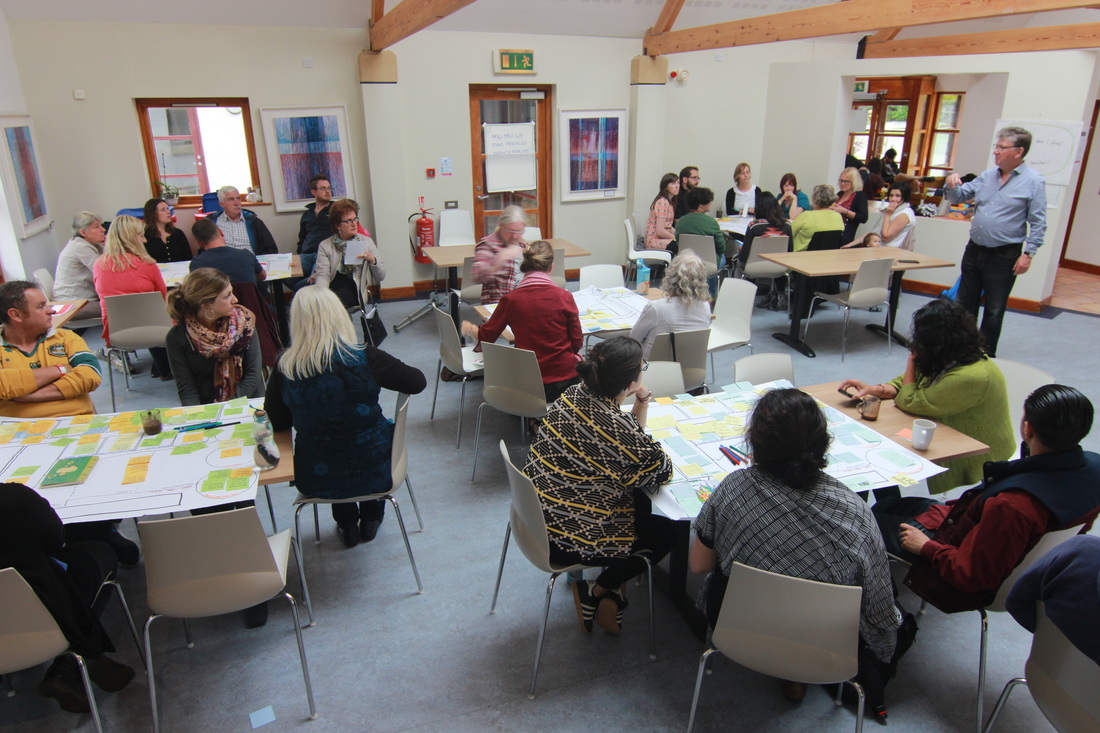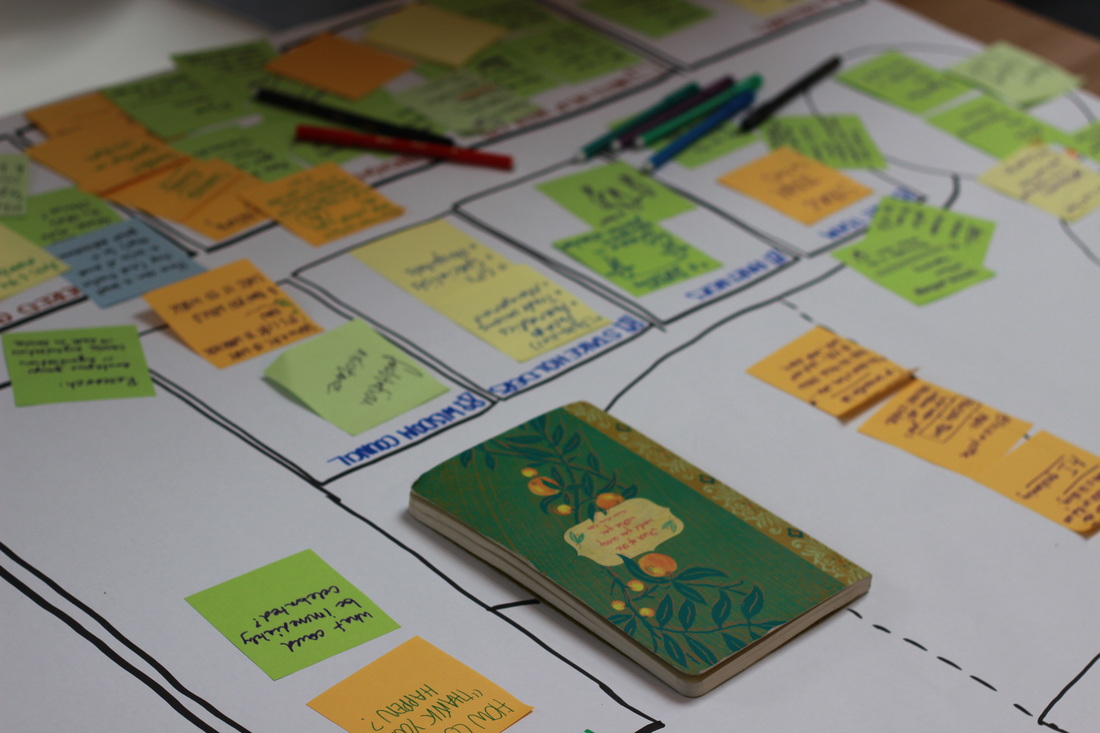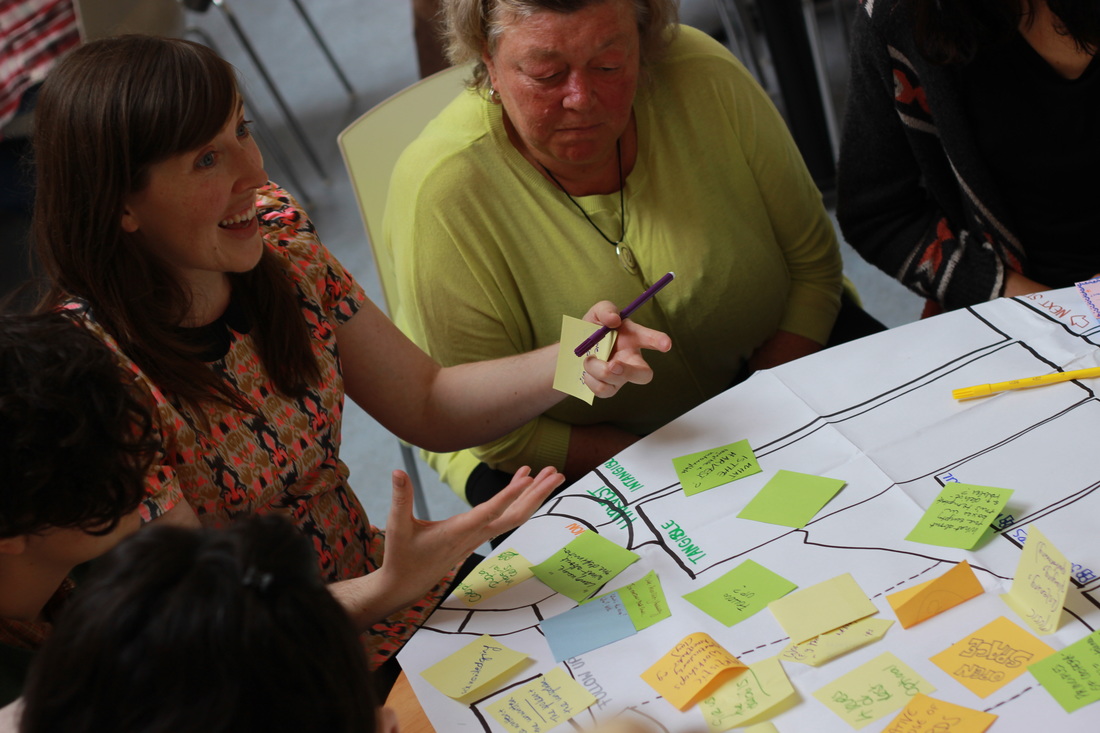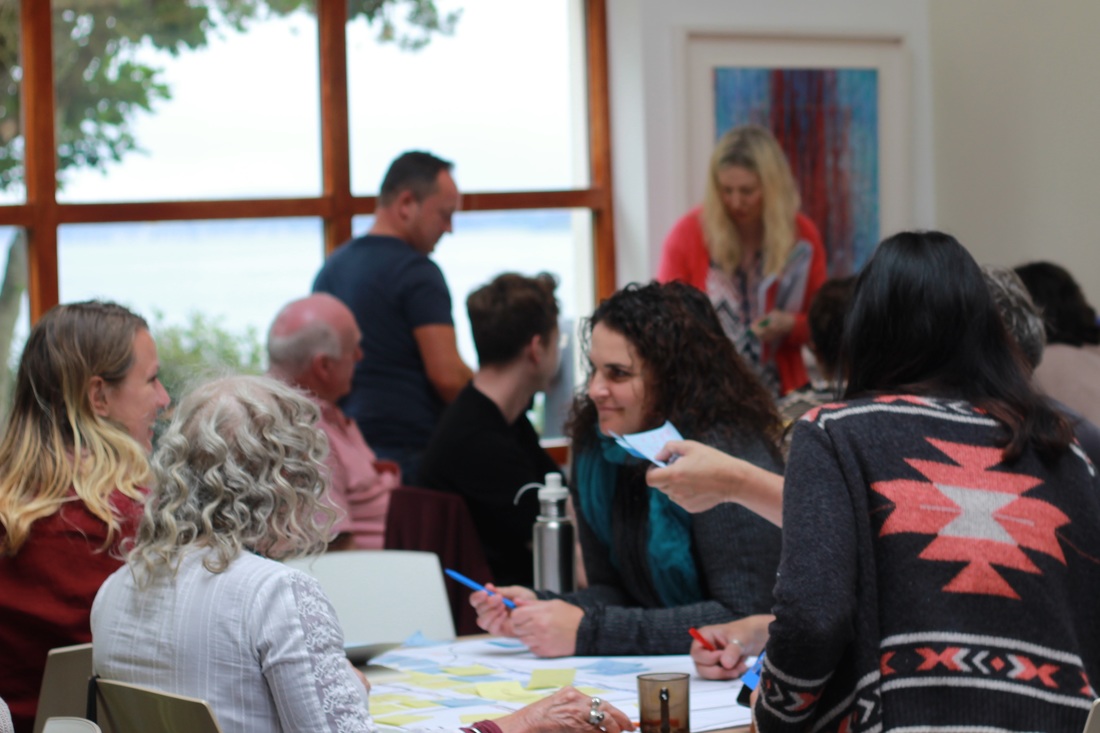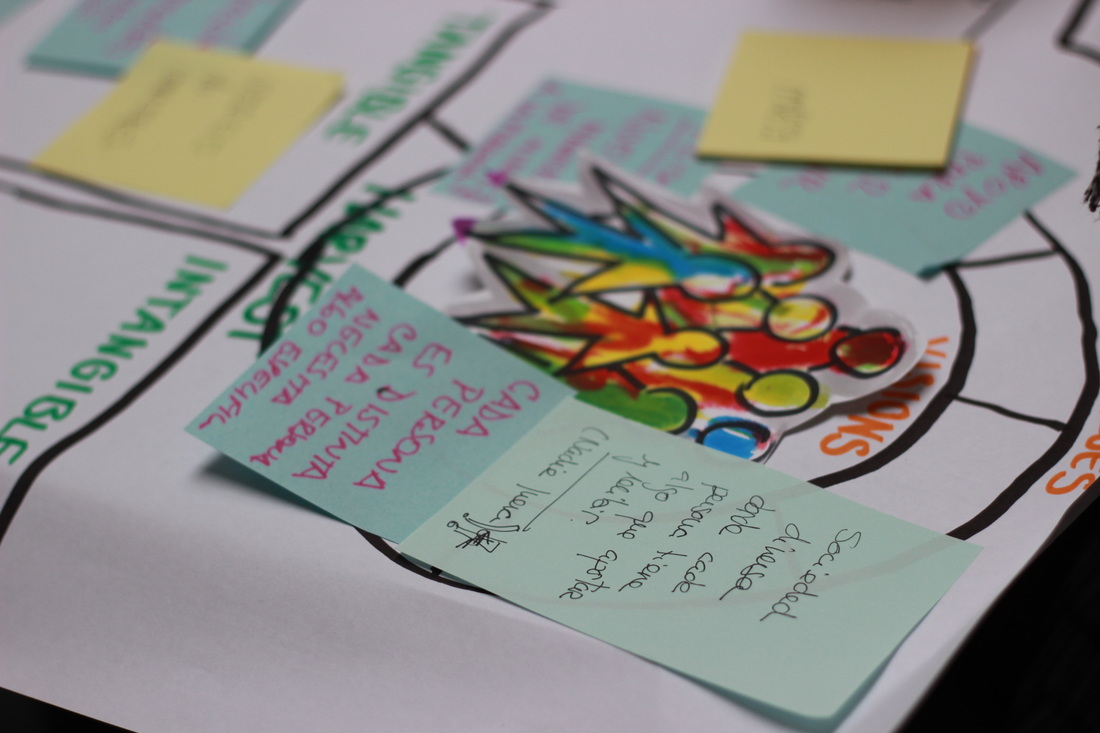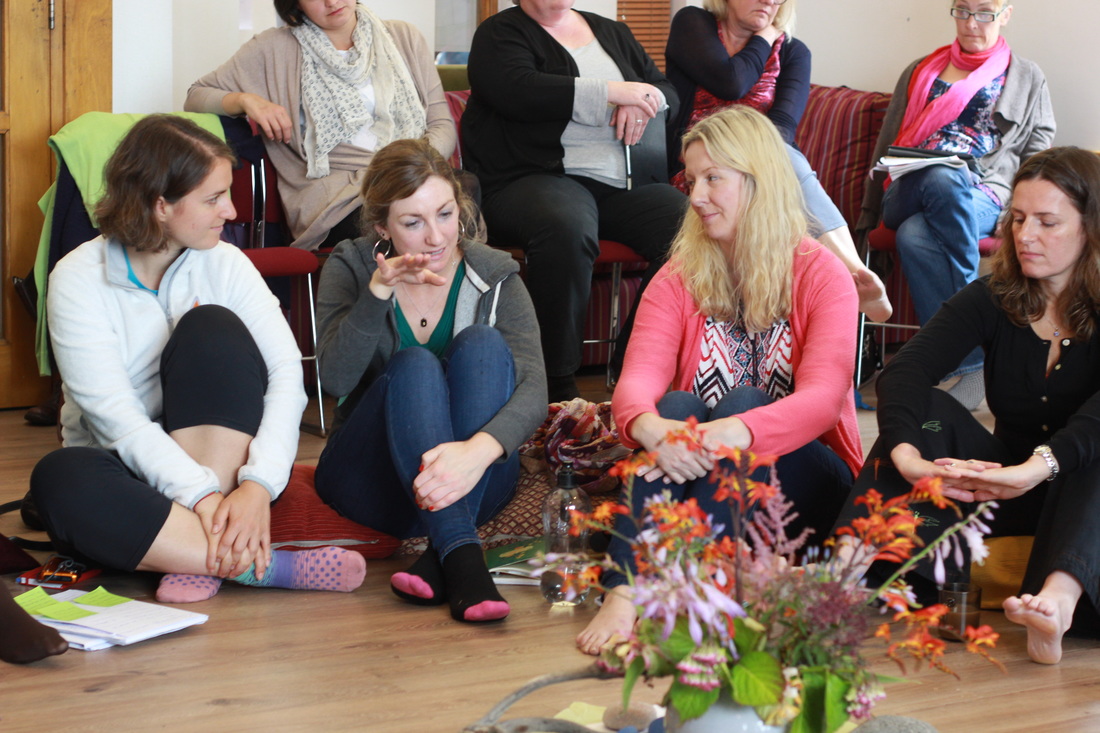Designing for Wiser Action
Process
Designing good process flow is an art. What is the need? What is the purpose? Who is the group? What methods will most support the group into wise action? What kind of harvest will serve this wise action?
These are questions a host needs to be able to work with. The Designing for Wiser Action process was created to give humans – process practitioners an opportunity to ask for help and the rest of us an opportunity to practice both design and generosity. Purpose To enable some of us to get support and wise advice about the upcoming concrete processes we need to host and the rest of us to put what we’ve learned about Art of Hosting and its methods to work on real life events. Roles
Criteria to become a caller and get help:
Stages of the process Make an invitation to those who want to be callers. Invitation is made to people so they can ask for help to design the process they want to host. Work with those who want to step in to get clear about their intention. This process needs a concrete project to work with, rather than a vague intention still being shaped. The project needs to be happening from one day to one year in the future. If you are using this during an AoH training, make sure to invite callers at least the night before the process will be hosted. Introduce the process. Why is it important to be skilful in the work you do and why is it important to ask for help in designing your process?
Introduce the projects. Gather the callers in a circle at the centre of the group. Ask each of the callers to introduce their project briefly for 2 minutes. Each of the callers then stands in the room and others go to join them. Remind the group this is a time to practice generosity – next time it might be you! Introduce how we will be working. Show the guiding questions and the harvesting templates. Each group will move to its own table or room. Warn the callers not to spend so much time on introducing your project that there is no time to work on it! Step through the questions the groups will be working with and suggest that the group uses Post It notes on the template because the peer coaching process might change your perspective and you will need to move things around. Be careful not to get stuck – keep the process moving and keep harvesting clarity!
Tools to get the work done
Timing (optimal timing 3 - 4 hours)
source: http://aoplslovenia.weebly.com/ |
Experience
|
